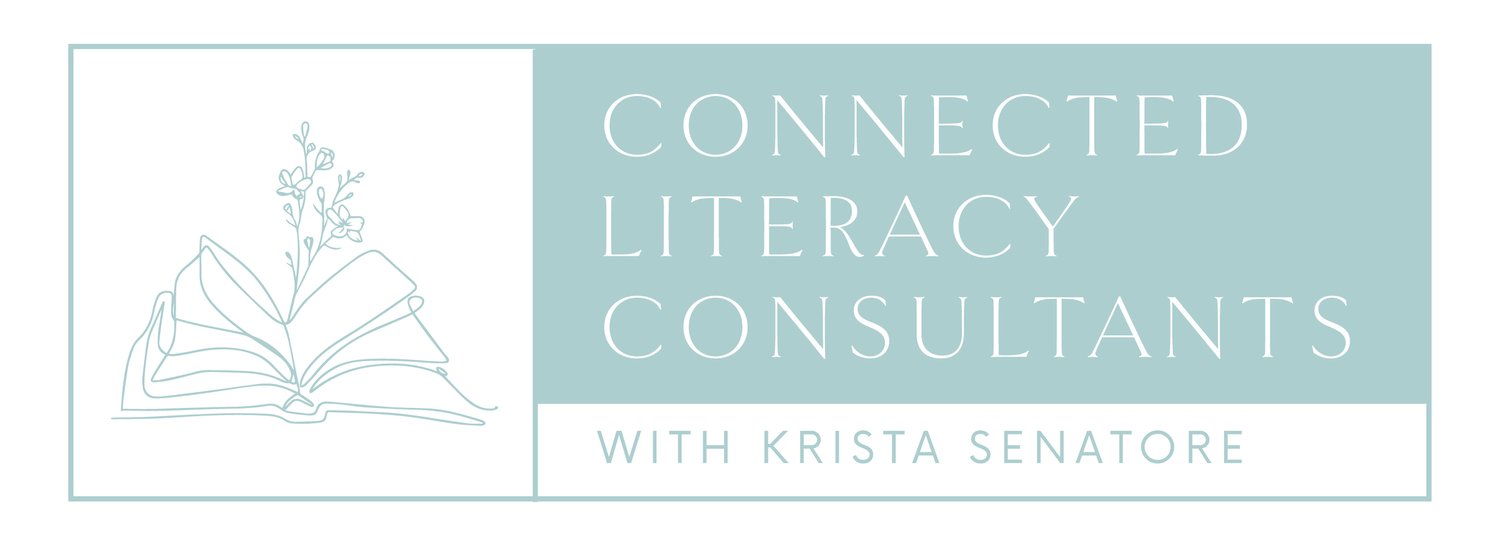Clean, Reflect, Plan: How taking down a classroom bulletin board resulted in reader reflection and teacher planning for next year.
Our bookshelves bulletin board is one of the ways my fifth graders and I celebrate and share the books we’ve read this year. After students complete a book, they head over the “bookshelf”, grab a laminated book spine and record the title and author of the book they’ve read. As you can imagine, our shelves are overflowing at this point in the year. Rather than simply taking down the bulletin board and cleaning the spines, I thought to myself: “What if we use these spines as tools for reflection and planning?” So this is what we did.
Clean
Students removed the spines from the bulletin board.
Reflect
Initial sort: Students worked in small groups to sort a stack of book spines. The only guidance I gave them was the question: “What do you notice?” I wanted to see what they came up with on their own. Groups shared out with the whole class. Many noted that students read a large number of graphic novels. They noticed that several of their peers read the same books and that some classmates contributed more books than others.
Focused sort: I took these observations and made two piles: graphic novels and everything else. As a class we laid out the pile of “everything else” and noticed the genres we tended to read. We noticed our preferences for realistic fiction, fantasy and informational texts.
Plan
Goal setting. In addition to exploring book types beyond graphic novels, we set goals to read genres that were not frequently represented on the book spines starting with biographies. Our timing was perfect since we are learning about famous figures of the Italian Renaissance in our reading series. This served as an opportunity to learn about diverse identities of writers, artists and scientists beyond that time period. I placed book bins on each table group and students perused and selected biographies to read that day. Once they finished, they shared what they learned and added a book spine to our newly clean “shelves”.
Takeaways and benefits
Students engaged in inquiry and data analysis. I explained that what we are doing is called data analysis. This is the work of scientists. Here is how:
We began with a question: What can we learn about our class as readers?
We examined data (our book bindings) and drew conclusions.
We used that information to set goals.
This reflective process is a life skill that contributes to students’ wellbeing. As they move into middle school, and all the feelings and social dynamics that come along with this transitional period, students can ask themselves the following questions to increase their sense of self awareness and agency.
What/ how am I feeling?
Why might I be feeling this way (what is the data)?
How do I want to move forward?
The value for me as a teacher
This process impacted my future planning. I realized that I want to build this collaborative reflective practice into next year’s pacing calendar. I pulled out my 2025-2026 calendar and inserted time for bookshelf reflection quarterly.
Inquiry, reflection and planning are important tenets of teaching and learning. This process helped students get curious about who they are as readers and set goals to carry them into our last months of school and prepare them for the summer months ahead.



